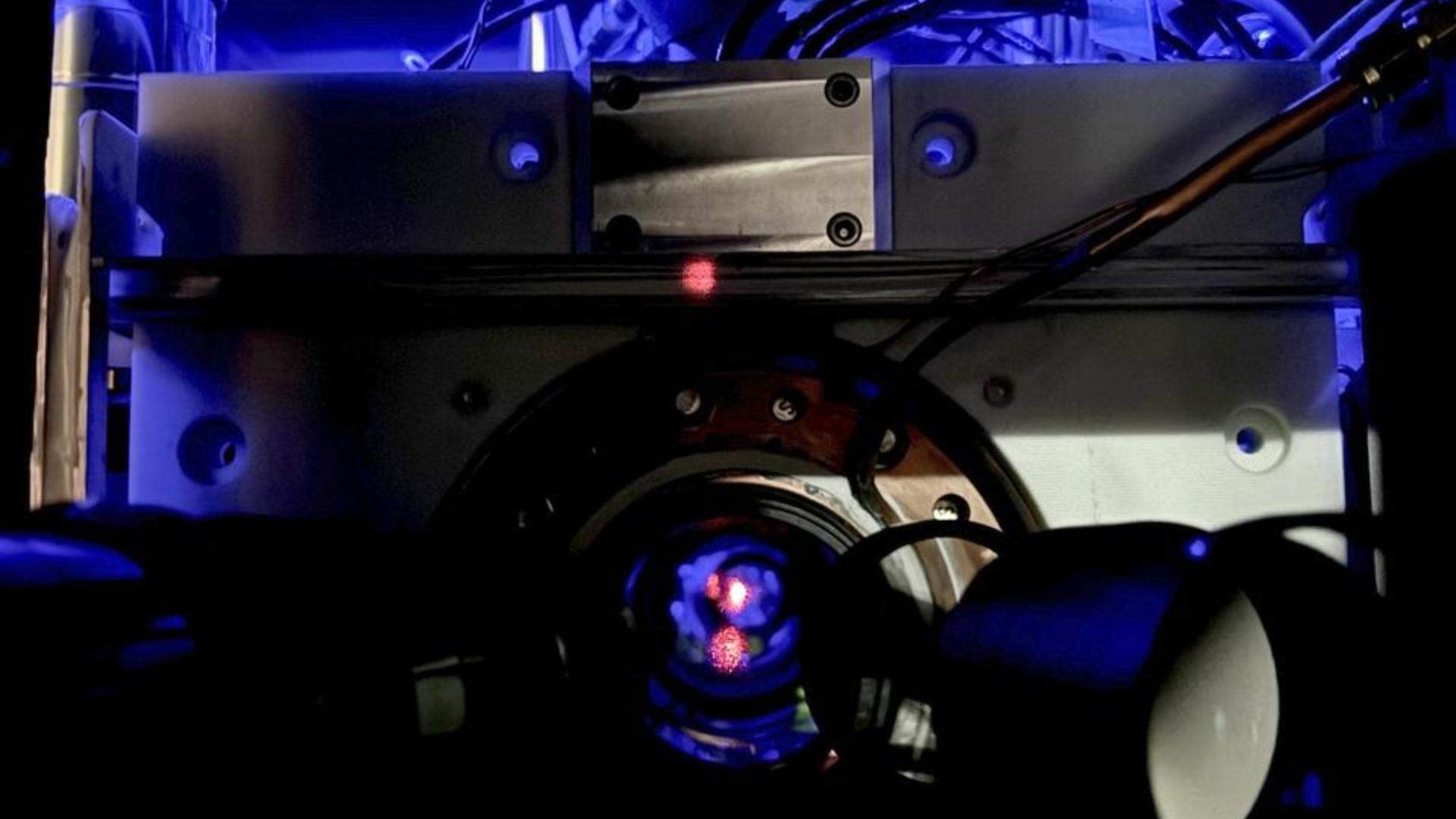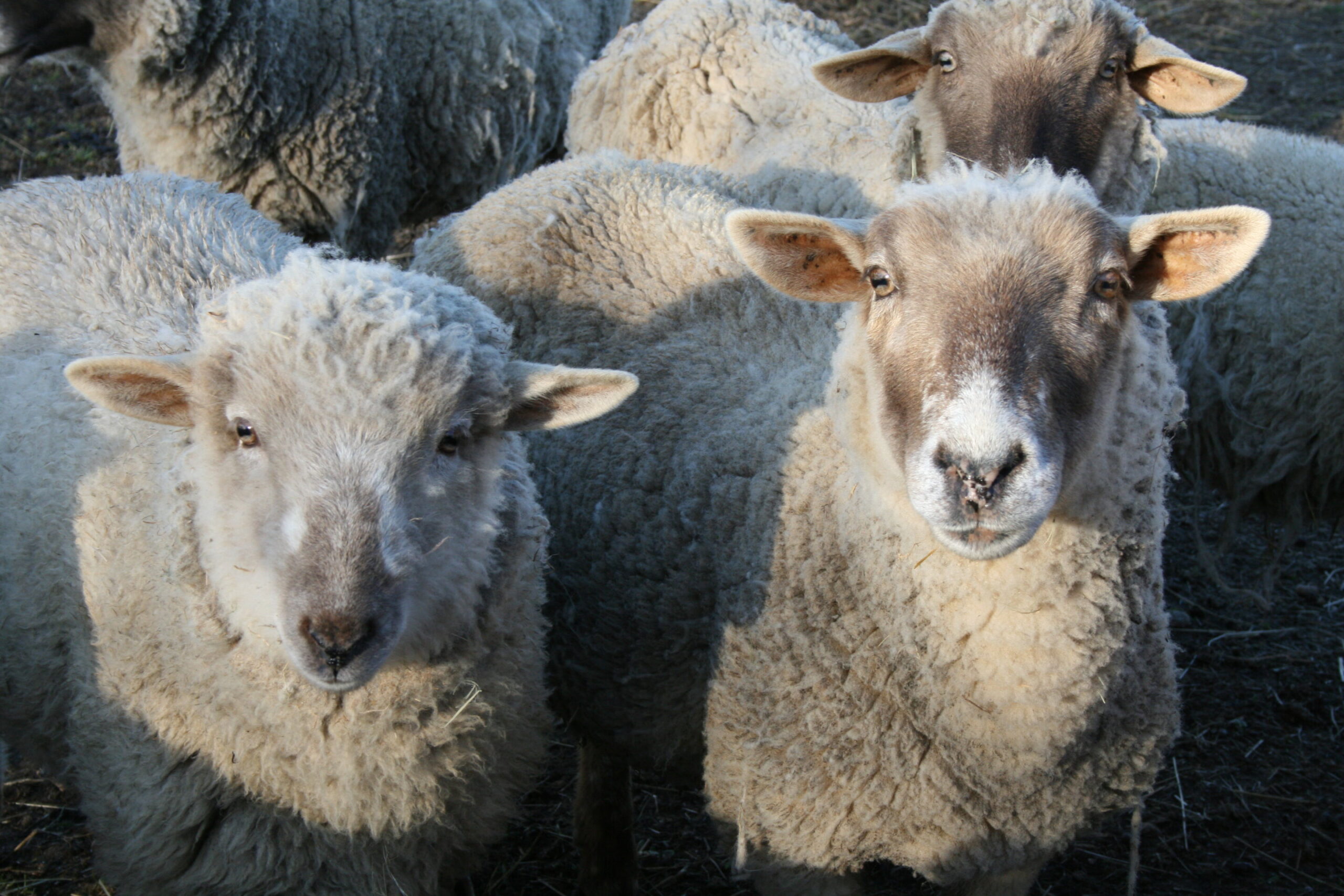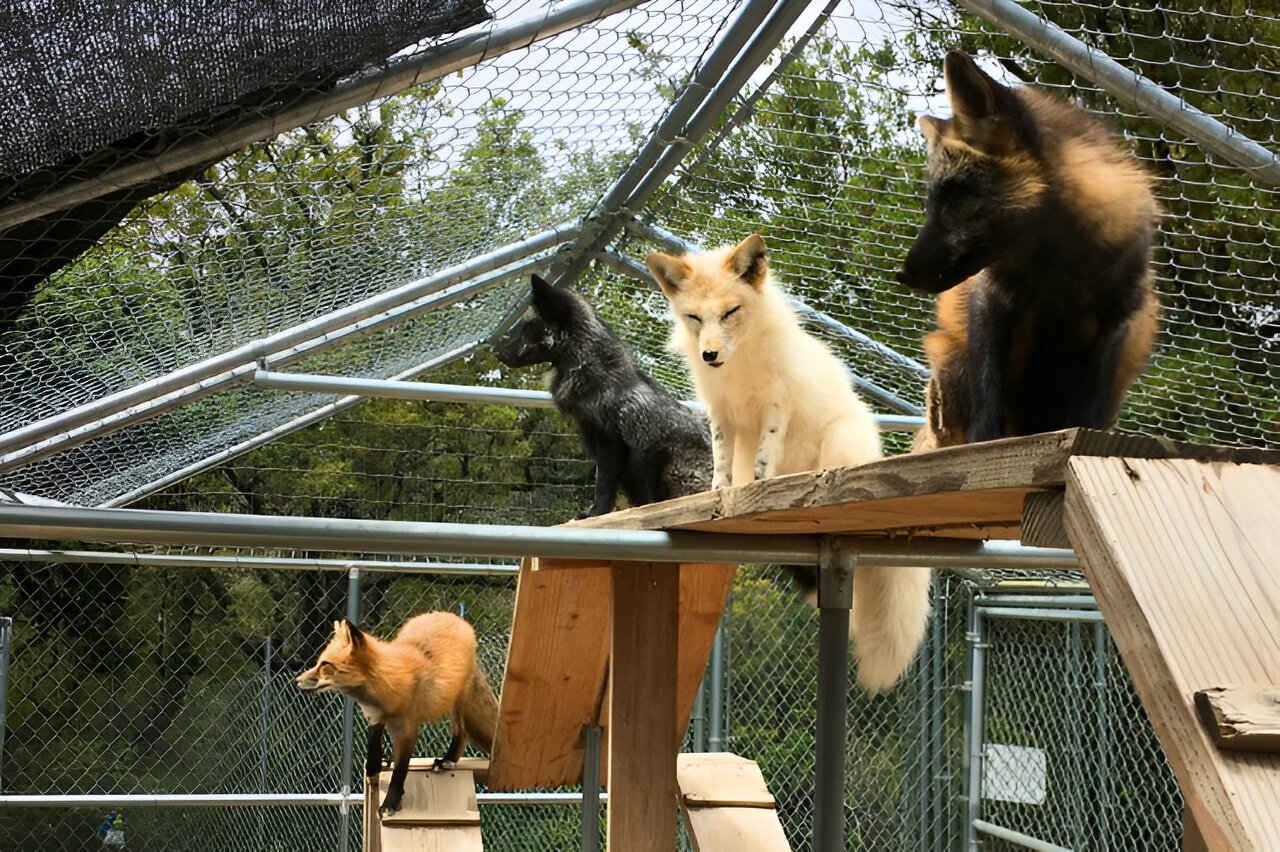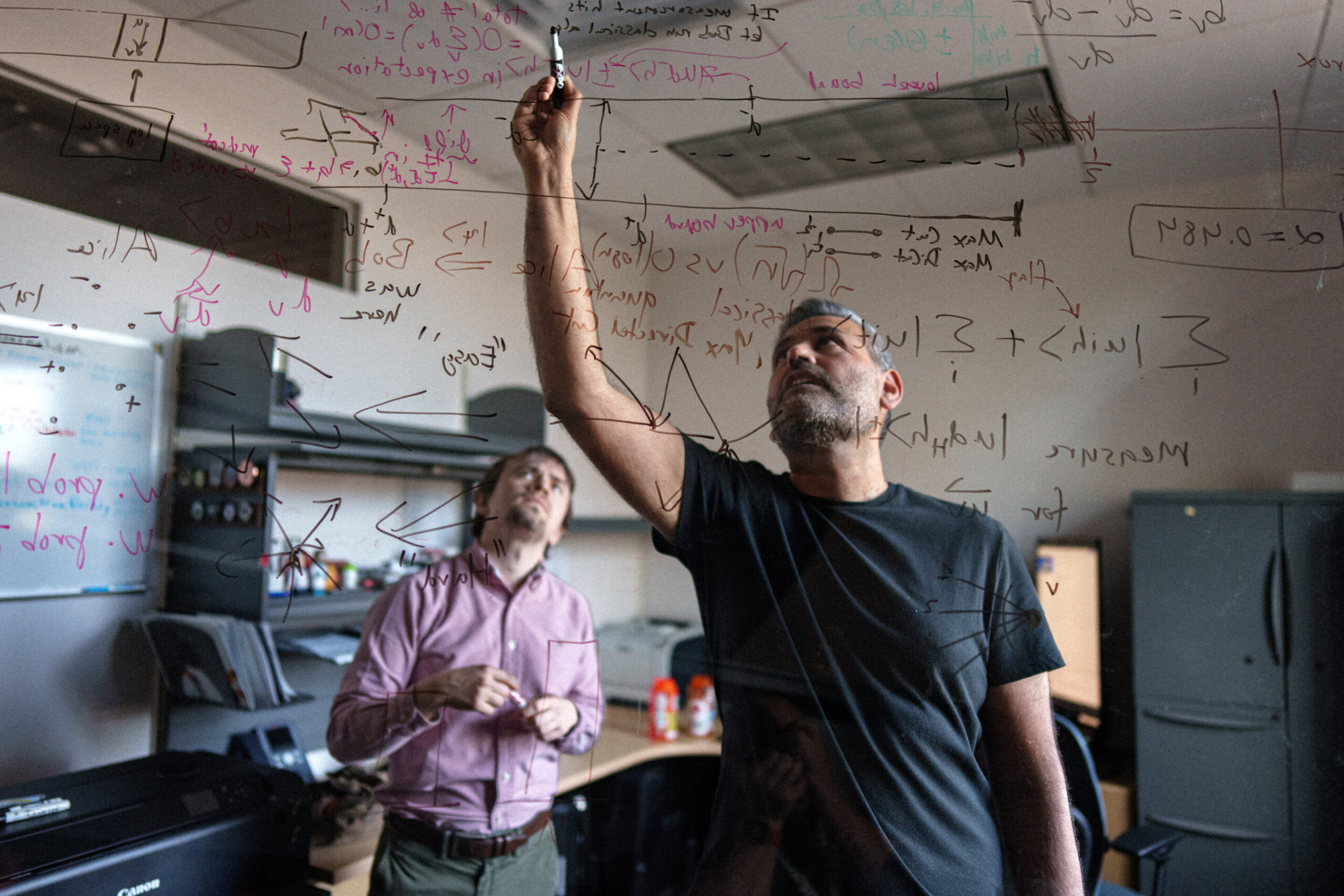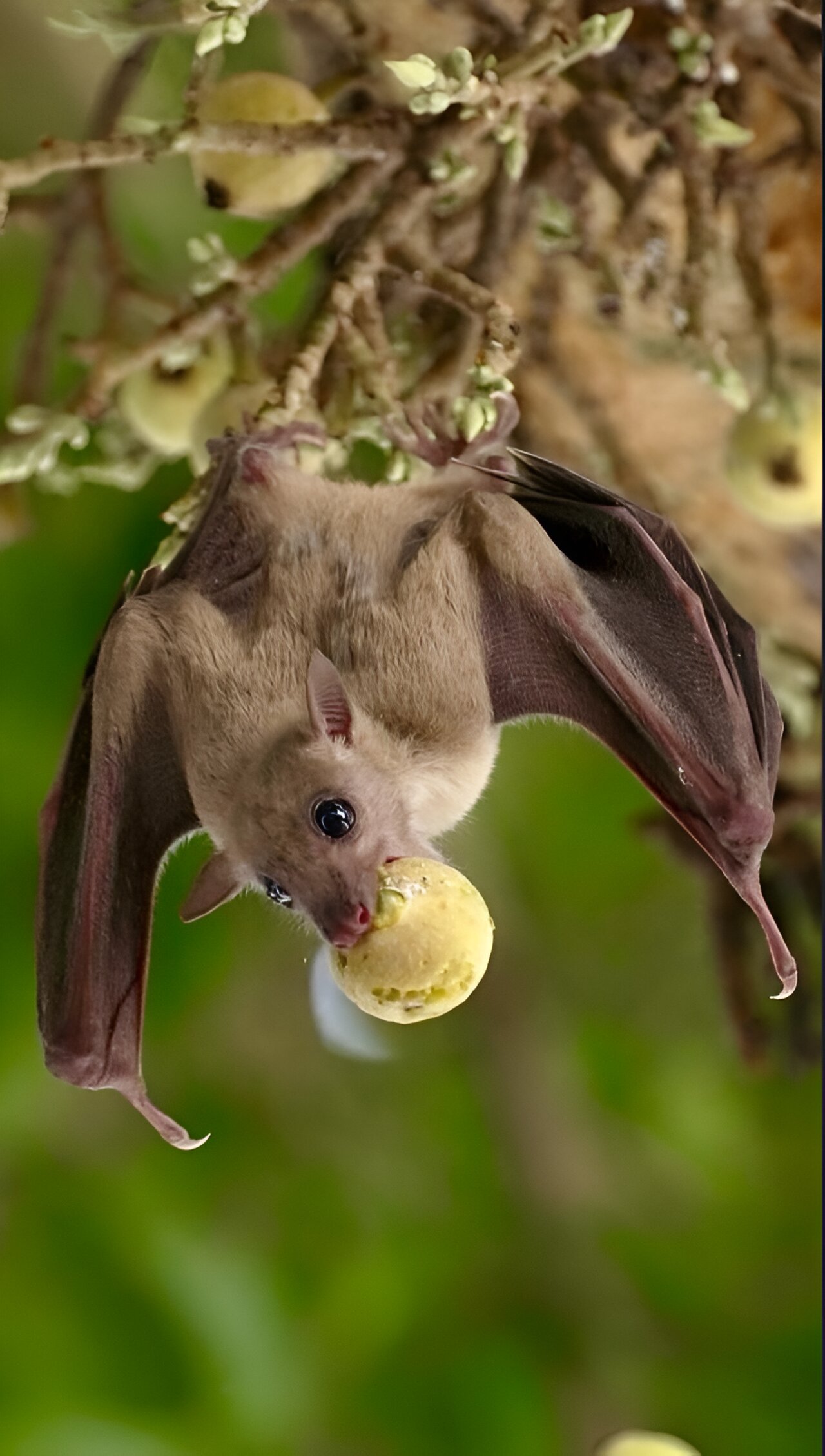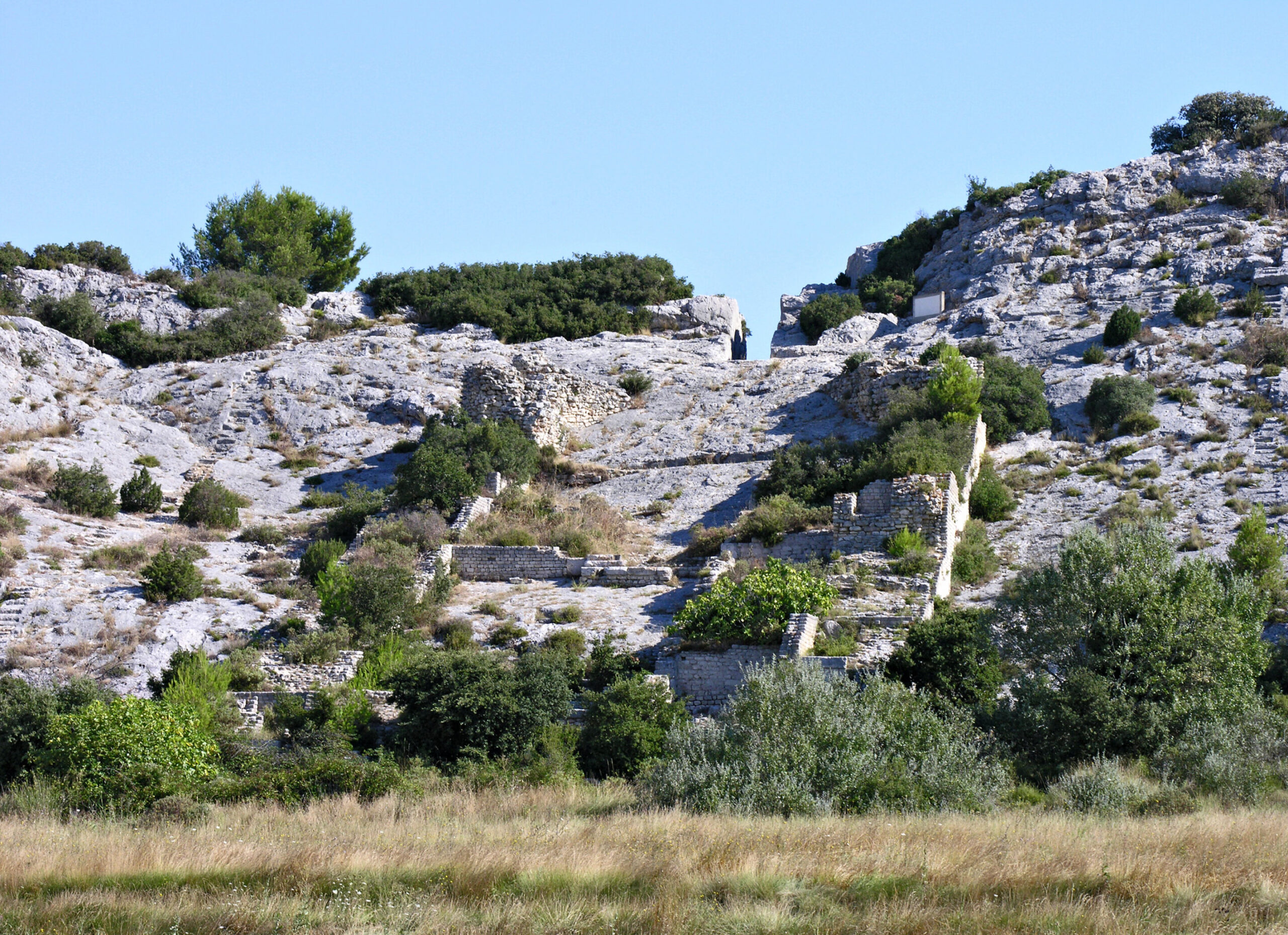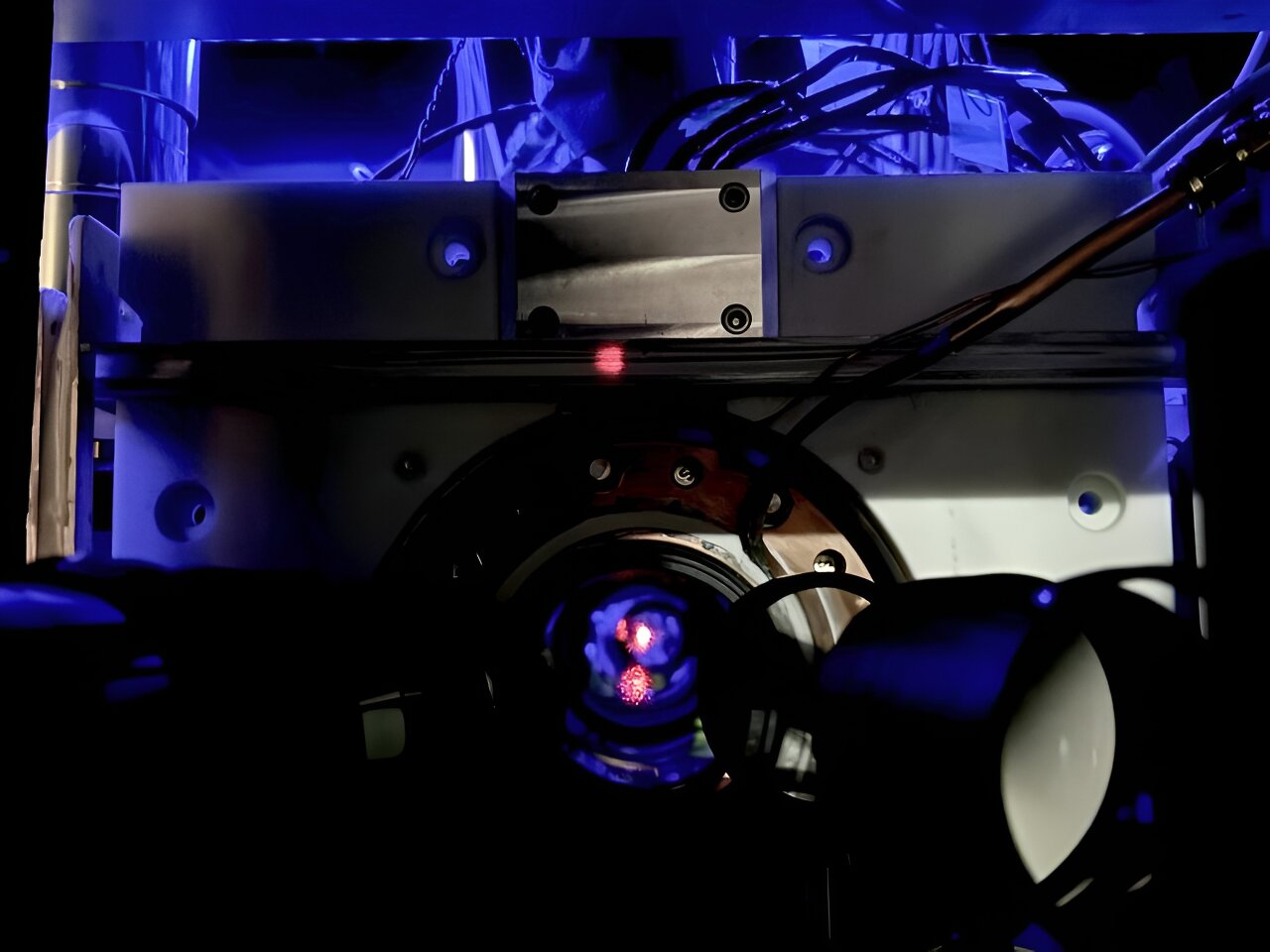Demonstration of vacuum levitation and motion control on an optical-electrostatic chip
The team’s on-chip levitation platform. a, The top optical layer consists of two orthogonal pairs of split single-mode optical fibers. One of the pairs (along y) creates a standing wave at λy = 1,550 nm, while the second pair (along x) creates a standing wave at λx = 1,064 nm. The distances between the fibers … Read more

